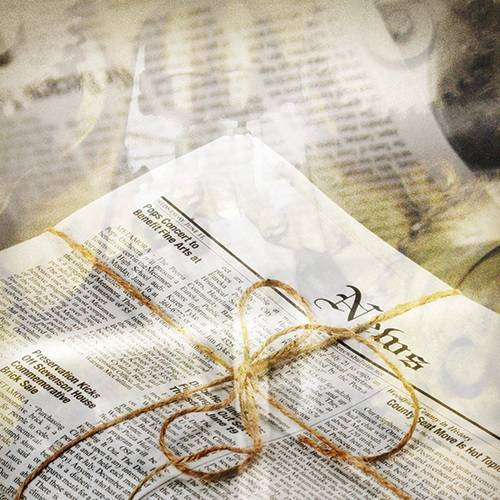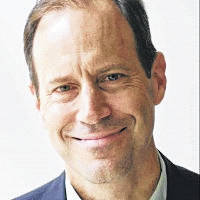In 2008, artist Shepard Fairey’s iconic image of then-Sen. and presidential candidate Barack Obama with the word “hope” emblazoned below became one of the most popular and impactful campaign posters in modern American history.
Its simple and powerful message – that there was a way out of what then seemed to be very dark times — helped inspire millions in a nation that had, for most of the preceding two-plus centuries, taken hope for a brighter future as more or less a given.
Today, the issue of hope (and, for many, the lack of it) is much on the minds of humans across the planet — particularly as they contemplate the global climate emergency and the overarching environmental crisis it is abetting.
At this writing, much of the American West is being blitzed by deadly and devastating wildfires spurred on by drought and heat greatly worsened by global warming. Meanwhile, here in the eastern part of the nation, millions are casting a wary eye toward an unprecedented throng of tropical weather systems fed by rising sea temperatures.
And, of course, similar existential threats plague dozens of other locales across the globe, where rising seas and expanding deserts continue to feed the planet’s rapidly escalating tide of climate refugees.
Best scientific estimates indicate that drastic and immediate action to reduce carbon pollution is utterly essential if humans are going to avoid a spiraling global catastrophe.
And, finally, to complete the sobering picture, the president of the United States and many of his allies and supporters continue to deny that there is even a problem that needs addressing. As The New York Times reported yesterday: “… Mr. Trump and his senior environmental officials have regularly mocked, denied or minimized the established science of human-caused climate change.”
In such a dire situation, what is a caring and thinking person to do? Is “hope” of the kind that motivated so many people to action in 2008 even a viable or useful option?
One provocative and instructive response to questions of this kind was recently provided by a scientist named Ayana Elizabeth Johnson in an interview she gave to Washington Post climate writer Sarah Kaplan. Johnson, who together with her co-editor, Katharine Wilkinson, has put together a new compilation of “essays, poetry and art by 41 women in the climate movement” scheduled to be released next week titled “All We Can Save: Truth, Courage and Solutions for the Climate Crisis,” put it bluntly:
“It’s funny to be asked about hope, because one of my mantras is something you cannot print. Which is just, [expletive] hope. Because, honestly, hope is not going to get us there. I personally perceive the word ‘hope’ as passive. When I hear the word ‘hope,’ I think, ‘I hope someone does something about that.’ Or ‘I hope that works out.’ And I’m just like, where’s the plan? Where’s the strategy? What are we going to do that we don’t need hope?”
Johnson’s assessment is spot on. While hope is certainly useful to the extent it motivates people to action rather than abject surrender — to vote, to alter how they live and consume resources and to influence their family, friends and neighbors to similar action — there is no realistic chance at this point that things will, as the saying goes, “all turn out okay.”
The hard but undeniable fact is that things are not going to “be okay” — at least if that means that humans will avoid inflicting further devastating damage to life on Earth as we know it. Simply put, even in a best-case scenario, the situation is going to get significantly worse.
But as the title of the new book also implies, there is a whole lot that we can and should try to save. Wilkinson, who is also the editor-in-chief of the climate-focused nonprofit Project Drawdown, put it this way to Kaplan:
“Even though there is so much we can’t save, the other side of that is there is so much that we still can save. So, who are we to give up? What gives us the right to give up on the planet and each other? The subtitle is the answer to, ‘If not hope, then what?’ It’s truth, courage and solutions. That’s what’s going to get us there.”
In other words, now is the moment for urgent, desperate and last-ditch action — specific state-level policy action of the kind described in a recent Policy Watch “must read” titled “How NC can tackle the climate crisis and address environmental justice,” national and global policy action of the kind outlined by the United Nations Climate Summit last year and direct, street-level political action of the kind anti-racism activists have mobilized in recent months.
The bottom line: All hope is not lost when it comes to the climate emergency, but hope alone will not be nearly enough to get the job done.
Rob Schofield, director of NC Policy Watch, has three decades of experience as a lawyer, lobbyist, writer and commentator. He can be reached at [email protected].










